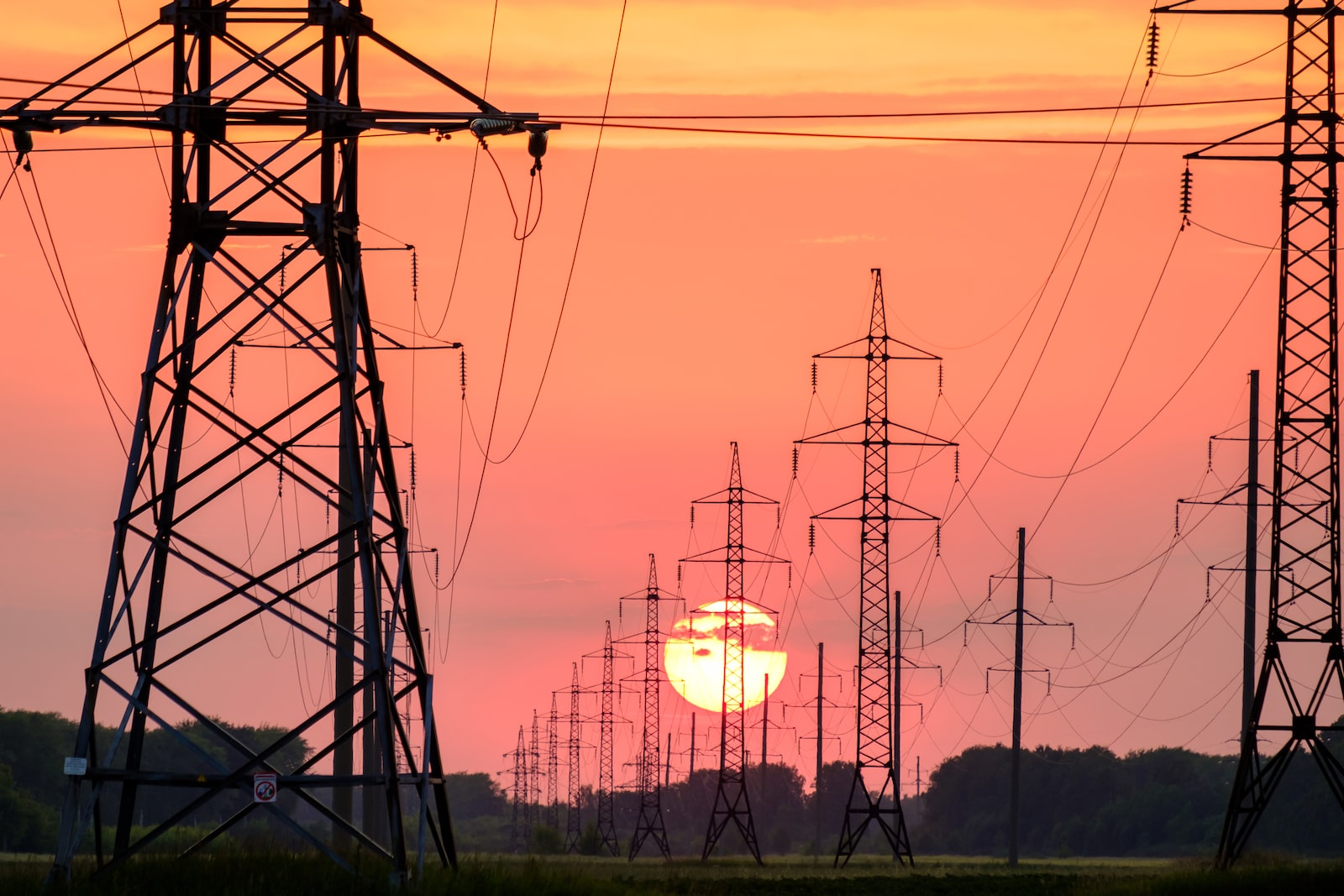“Does the Climate Change Authority have a figure on getting to the cost of 82% renewables by 2030……..no………surely you should know that number!
There are a number of factors to consider, it’s not only the cost, it’s also who’s going to pay for it. And right now private capital is flowing into the market to build renewables.”
••••••••••••••••••••••••••
The Climate Change Authority is a body designed to give “expert” advice to the Government on climate change policy yet can’t tell me the cost of implementing renewables by 2030.
Hardly expert advice is it?
It’s also a bit rich to be claiming private capital is pouring into the renewables market.
The only capital flowing into the market to build renewables is taxpayer dollars and superannuation money.
And I’m pretty sure if superannuation fund members were asked if they wanted their hard earned wages wasted on generation that was going to result in higher energy prices they wouldn’t support that either.
But that’s what’s so great about superannuation, the battlers get no say in how their money is invested.
And you have to ask if private capital is pouring into renewables why is Jim Chalmers changing the Future Fund mandate so it can invest in renewables.
Committee on 4/11/2024
Item: Environment and Communications Legislation Committee – 04/11/2024 – Estimates – CLIMATE CHANGE, ENERGY, THE ENVIRONMENT AND WATER PORTFOLIO – Climate Change Authority
Senator RENNICK: In regard to your advice on the economic benefit/cost, presumably cost, does the Climate Change Authority have a figure for the total cost of getting to 80 per cent, 82 per cent renewables by 2030?
Mr Kean: No, that’s probably more the domain of AEMO and the market bodies.
Senator RENNICK: Fair enough. They may come up with it. But your purpose here is to give advice on the economic benefits or costs, so surely you should know that number.
Mr Kean: What I will say is that, when it comes to electricity and replacing an ageing electricity infrastructure system, we rely on the advice of the CSIRO and AEMO, which says the cheapest way to replace that technology is firmed renewables. That’s their advice.
Senator RENNICK: I don’t want to go over Senator Cadell’s argument here. I know you say you believe in the CSIRO. I’d argue that science and economics or finance isn’t a religion. It’s not something you believe in; it’s something you’ve got to understand; right?
Mr Kean: Yes.
Senator RENNICK: If you go and look into the detail, the CSIRO assumes wind has a capacity of 48 to 52 per cent. We know that it’s, on average, just below 30 per cent and in the second quarter of this year it was down to below 20 per cent. As I mentioned, there’s not enough long-term storage. The lifespan of nuclear and coal power stations is assumed to be 30 years when it’s generally considered to be more like 50 years. They excluded the capex of all the renewables going into the system up until 2030, and they exclude the cost of recycling. Yet again, if you’ve got a coalmine, it has to pay environmental bonds, because it has to clean up the mess after it makes it. But there are no environmental bonds, for example, for renewable projects or recycling or anything like that. That is going to be a cost, whether we like it or not, that is going to come into the system at some point, albeit it might be a decade or two down the track.
Mr Kean: I think there are a number of factors to consider. It’s not only the cost; it’s also who’s going to pay for it. Right now, private capital is flowing into the market to build renewables. If your argument is that the government should be using its balance sheet to crowd out private capital, then you and I are going to have a bit of a different view on that. I think the government balance sheet should be reserved for things that the private sector won’t provide—education, public transport, those kinds of things. There is plenty of private capital flowing at low rates that will provide the generation, firming and storage, so the question is: do you believe that there should be big government in this country building energy infrastructure and pushing out private investment, or do you think the private sector should be allowed to come in build the stuff that will also lower household bills so the government can focus its firepower on the parts of the economy and the public services that the people expect?
Senator RENNICK: That’s fine. That’s a great ideological debate. I’ll finish up on this one, though. This is the problem. I’m more than happy for the private sector to come in on the condition that they don’t then become a conga line of rent-seeking parasites, which is what we’ve got in all the subsidies from the government, and I just touched on this morning with the contracts for difference. We’ve got the CEFC. Yet again, if renewables are cheaper, why do you have to use the government bank and not a private bank? We’ve got ARENA. We’ve got the Snowy Hydro project. We’ve got the lithium chargers. Car battery chargers are being subsidised. We’ve got a whole raft of subsidies being given to the private sector, and this my problem with the hypocrisy of the neoliberal ideology of ‘Let’s privatise everything’. What we’ve seen in the last 20 years is that they’ve eventually had to go back to the government, cap in hand, asking for more subsidies. By all means I’m happy for the private sector to be involved, but they’ve got to do it standing on their own two feet.
Mr Kean: Can I say there is no bigger rent-seeking parasite than the nuclear industry. That’s exactly what they’re coming to the people of Australia with their hand out for—
Senator DAVEY: Are you calling ANSTO a parasite?
Mr Kean: They’re not energy producers. But if you want to see who is rent-seeking and trying to pull one over the eyes of the Australian public, it’s the nuclear industry. They’re propping up the coal industry, who want to extend their business models and squeeze out the last bit of profit at the expense of Australian consumers.
Senator RENNICK: I don’t think it’s fair to say you’re propping up the coal industry.
Mr Kean: No, I’m not saying that; I’m saying the nuclear industry are the biggest rent-seeking parasites, to use your language—
Senator RENNICK: Not yet they’re not. Right now it’s renewables, because nuclear power hasn’t been built yet.
Mr Kean: They’re looking to be.
Senator RENNICK: We’re not there yet. We’re talking about now. I might add, if you’re going back to coal—
Mr Kean: People are going to pay a lot of rent to these vested interests when there’s no business case or economic case for it, and I think that has to be drawn out here by this committee.






























